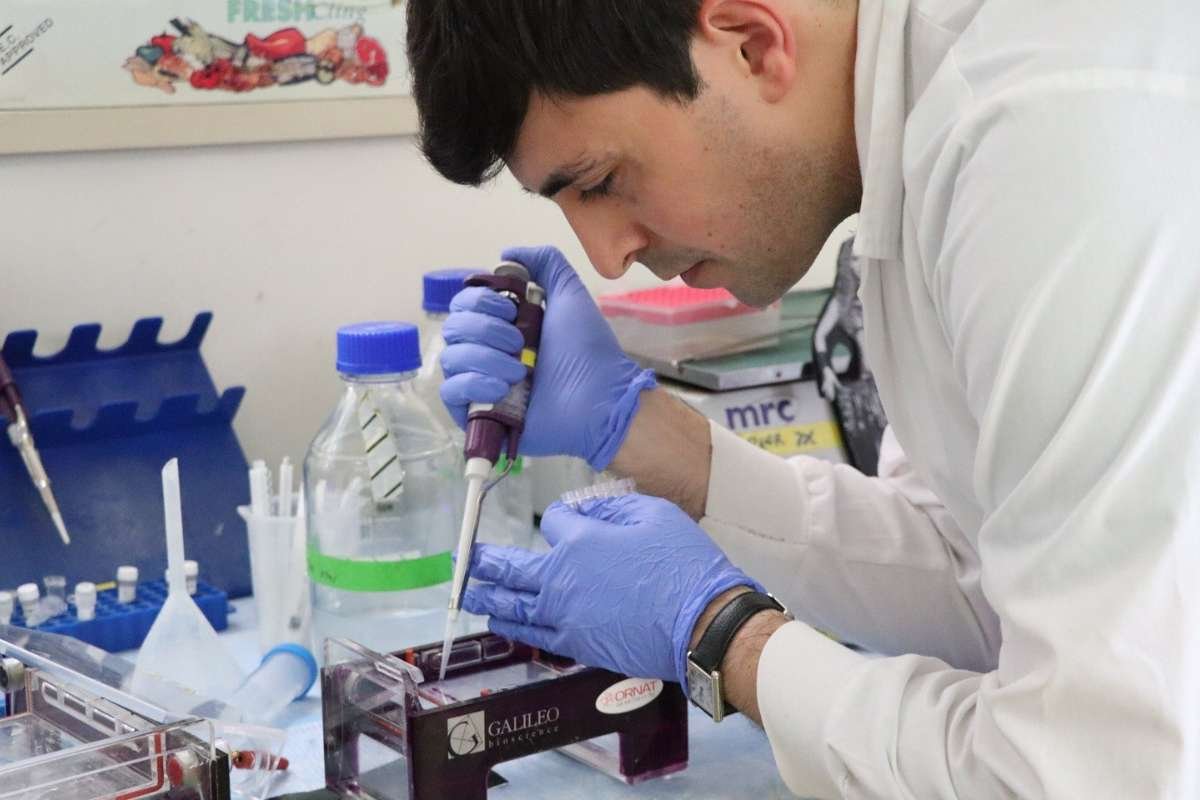Source-ZEISS
Bridging AI and Biomedical Research
Researchers from the Instituto Gulbenkian de Ciência (IGC) in Portugal, Åbo Akademi University in Finland, the AI4Life consortium, and other collaborators have unveiled an innovative open-source platform called DL4MicEverywhere. Published in the journal Nature Methods, this platform offers life scientists straightforward access to advanced artificial intelligence (AI) for analyzing microscopy images. It enables researchers, regardless of their computational skills, to easily train and use deep learning models with their own data, democratizing access to cutting-edge microscopy methods.
Deep learning, a subfield of AI, has significantly transformed the analysis of large and complex microscopy datasets. It allows scientists to automatically identify, track, and analyze cells and subcellular structures. However, many researchers in life sciences lack the necessary computing resources and AI expertise to leverage these powerful techniques. DL4MicEverywhere addresses these limitations by providing an intuitive interface that researchers can use across various computing infrastructures, from basic laptops to high-performance clusters.
Enhancing Accessibility and Collaboration
The platform builds on the team’s previous work, ZeroCostDL4Mic, enhancing its capabilities to train and utilize models across diverse computational environments. DL4MicEverywhere includes a user-friendly interface and expands the range of available methodologies for common microscopy image analysis tasks. “Our platform bridges AI technological advances and biomedical research. It gives researchers, regardless of their AI expertise, access to advanced microscopy methods, enabling automatic analysis of results and potential new biological insights,” said Ivan Hidalgo-Cenamor, first author of the study and researcher at IGC.
DL4MicEverywhere aims to democratize AI in microscopy by promoting community contributions and adhering to the FAIR principles for scientific research software—making resources findable, accessible, interoperable, and reusable. “We hope this platform will empower researchers worldwide to harness these powerful techniques in their work, regardless of their resources or expertise,” explained Dr. Estibaliz Gómez-de-Mariscal, co-lead of the study and researcher at IGC.
A Milestone in Open Science and Reproducibility
The development of DL4MicEverywhere exemplifies the collaborative spirit of scientific research. It was designed to enable any researcher globally to utilize the most advanced microscopy technologies, thereby accelerating scientific discoveries. This achievement was made possible through international collaboration among experts in computer science, image analysis, and microscopy, with significant contributions from the AI4Life consortium. The project was co-led by Ricardo Henriques at IGC and Guillaume Jacquemet at Åbo Akademi University.
“This work marks an important milestone in making AI more accessible and reusable for the microscopy community,” said Professor Jacquemet. “By enabling researchers to share their models and analysis pipelines easily, we can accelerate discoveries and enhance reproducibility in biomedical research.” Professor Henriques added, “DL4MicEverywhere has the potential to be transformative for life sciences. It aligns with our vision in AI4Life to develop sustainable AI solutions that empower researchers and drive innovation in healthcare and beyond.”
Freely available as an open-source resource, DL4MicEverywhere reflects the team’s commitment to open science and reproducibility. The researchers believe that by lowering the barriers to advanced microscopy image analysis, the platform will enable groundbreaking discoveries in fields ranging from basic cell biology to drug discovery and personalized medicine.
Also Read: Emerging Trends in Molecular Imaging: Revolutionizing Radiology Practice









